TECHNOLOGY
How Artificial Intelligence is Reshaping Engineering
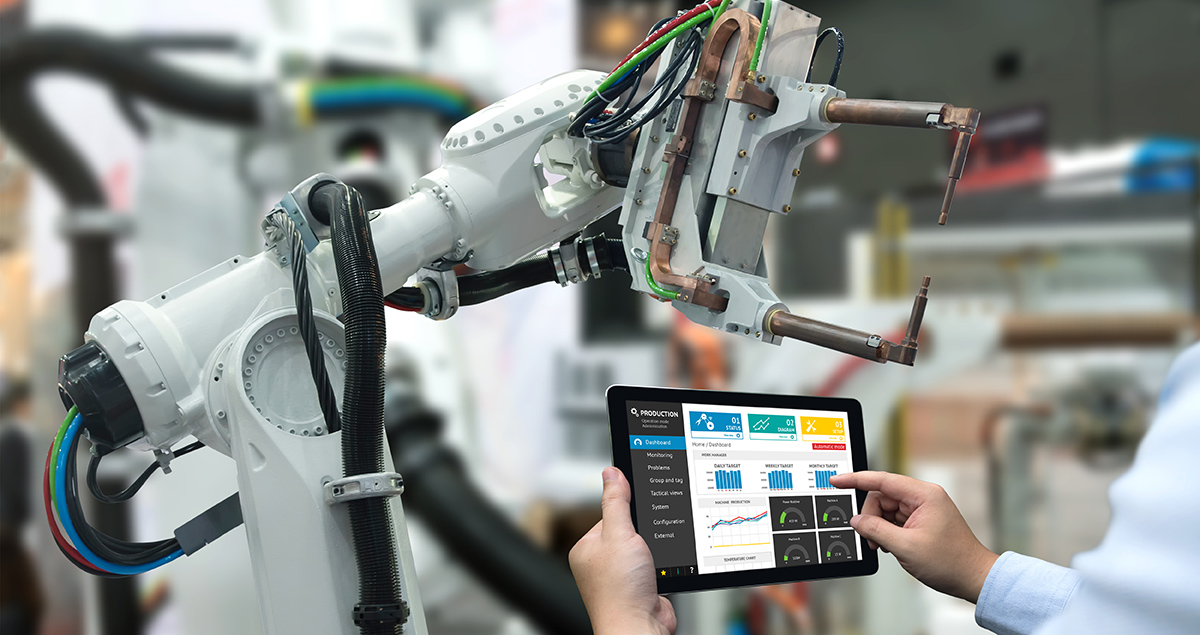
Artificial intelligence (AI) is rapidly changing the engineering world.
From enhancing the design process to enabling more efficient manufacturing and construction, AI is transforming every aspect of the engineering field. In this article, we will explore the ways in which AI is reshaping engineering, and the potential benefits and challenges of this transformation.
Artificial Intelligence is Revolutionizing the Design Process
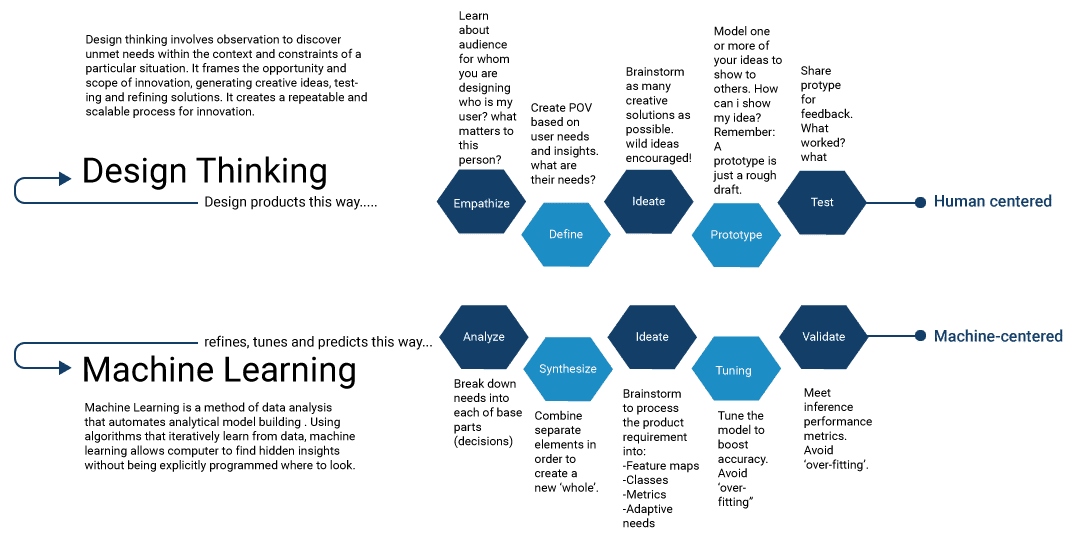
One of the most significant ways in which AI is reshaping engineering is in the design process. By using AI algorithms, engineers can optimize designs and simulate the behavior of complex systems. This not only saves time but also results in more efficient and effective designs. Here are some examples of how AI is being used in the design process:
-
Generative Design: AI-powered generative design tools use algorithms to create multiple design options based on user input. This allows engineers to explore a wider range of design possibilities and optimize their designs for factors such as weight, strength, and cost.
-
Simulation: AI-powered simulation tools enable engineers to create virtual models of complex systems and simulate their behavior under different conditions. This allows engineers to test and refine their designs before moving to the physical prototyping stage, saving time and reducing costs.
Artificial Intelligence is Transforming Manufacturing and Construction
AI is also transforming the manufacturing and construction industries by enabling greater automation and efficiency. By using AI-powered robots and machines, manufacturers and construction firms can increase their output while reducing their costs.
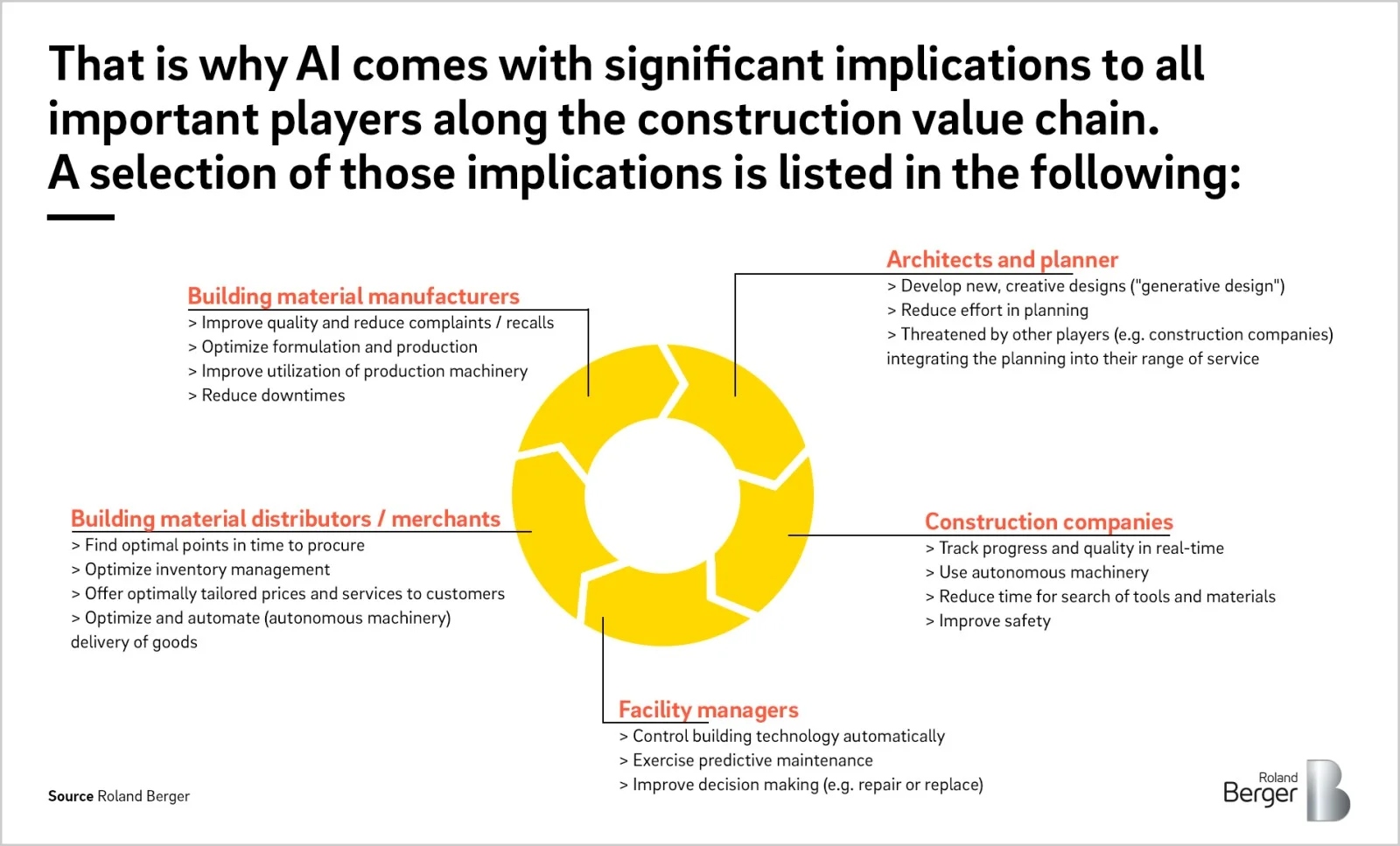
Here are some examples of how AI is being used in manufacturing and construction:
-
Robot Automation: AI-powered robots can perform repetitive and labor-intensive tasks, such as welding and assembly, more efficiently and accurately than human workers. This can lead to higher productivity and improved product quality.
-
Additive Manufacturing: Additive manufacturing, or 3D printing, is a manufacturing process that uses AI algorithms to optimize designs for printing. This results in more efficient and effective manufacturing processes, with less waste and higher quality products.
Artificial Intelligence is Enhancing Predictive Maintenance
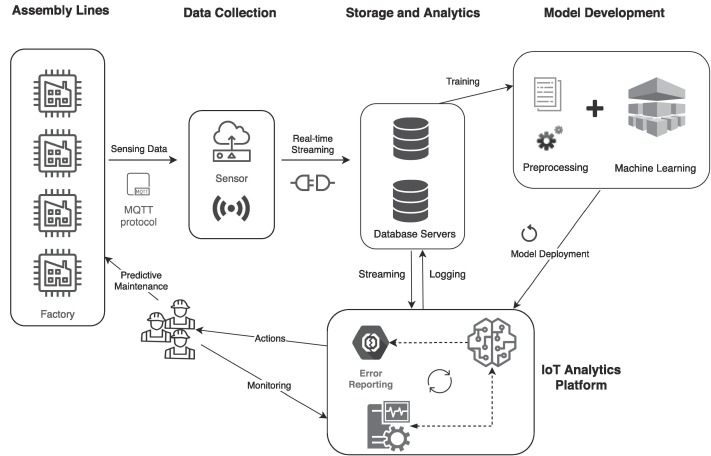
One major area where AI is reshaping engineering is in the field of predictive maintenance. By using AI algorithms to analyze data from sensors and other sources, engineers can predict when maintenance will be required and take action before a breakdown occurs. This can help to reduce downtime and maintenance costs, and improve the overall reliability of equipment.
Artificial Intelligence is Improving Efficiency & Quality Control
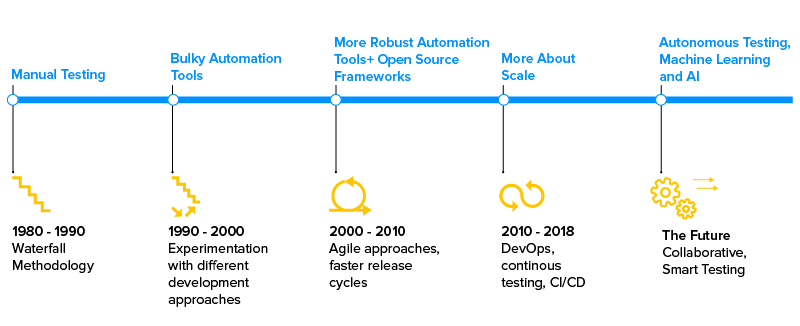
Artificial intelligence can also be leveraged to improve the efficiency of engineering processes. By analyzing data and identifying patterns, engineers can optimize processes to reduce waste and improve efficiency. For example, AI algorithms can be used to optimize supply chains, improve logistics, and reduce energy consumption.
AI is also used to improve quality control in engineering. By using machine learning algorithms, engineers can analyze data from sensors and other sources to identify defects and anomalies in real-time. This allows for faster identification and correction of quality issues, improving product quality and reducing costs.
Challenges and Considerations of Artificial Intelligence in Engineering
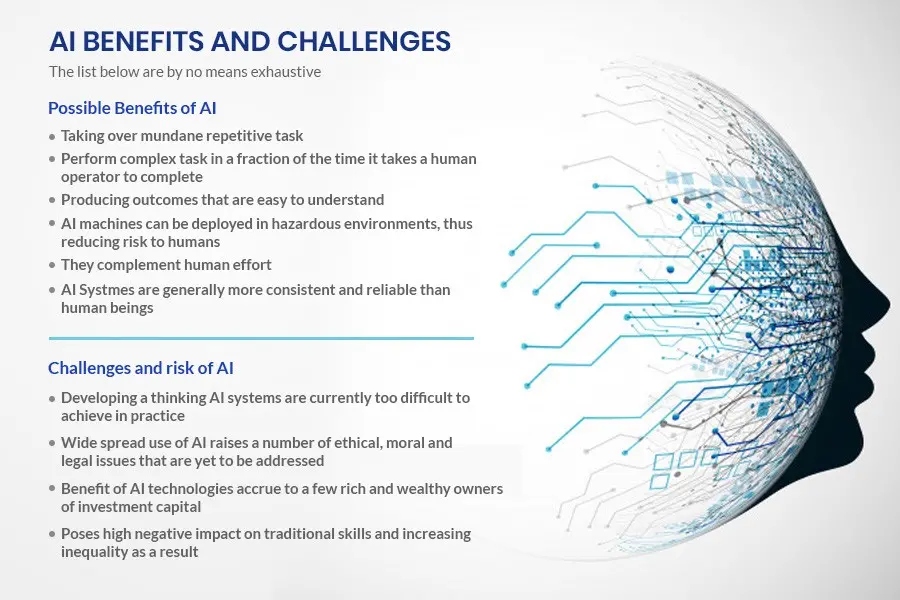
While the potential benefits of AI in engineering are significant, there are also several challenges and considerations that must be addressed. These include:
-
Data Quality: The accuracy and quality of data are critical to the success of AI algorithms. Therefore, it is essential to ensure that data is clean, accurate, and relevant.
-
Bias: AI algorithms can be biased if they are trained on biased data. This can result in inaccurate or discriminatory outcomes, which can have serious consequences.
-
Privacy and Security: As AI algorithms analyze vast amounts of data, it is essential to ensure that privacy and security are maintained. This includes protecting sensitive information and preventing unauthorized access.
-
Human Interaction: While AI can automate many engineering processes, human interaction is still essential for many tasks, such as decision-making, creativity, and problem-solving. Therefore, it is important to find a balance between human and AI involvement in engineering processes.
-
Regulation and Ethics: As with any technology, AI in engineering must be regulated and governed by ethical standards. This includes ensuring that AI is used safely and responsibly, and that potential risks are identified and mitigated.
Future Prospects of AI in Engineering
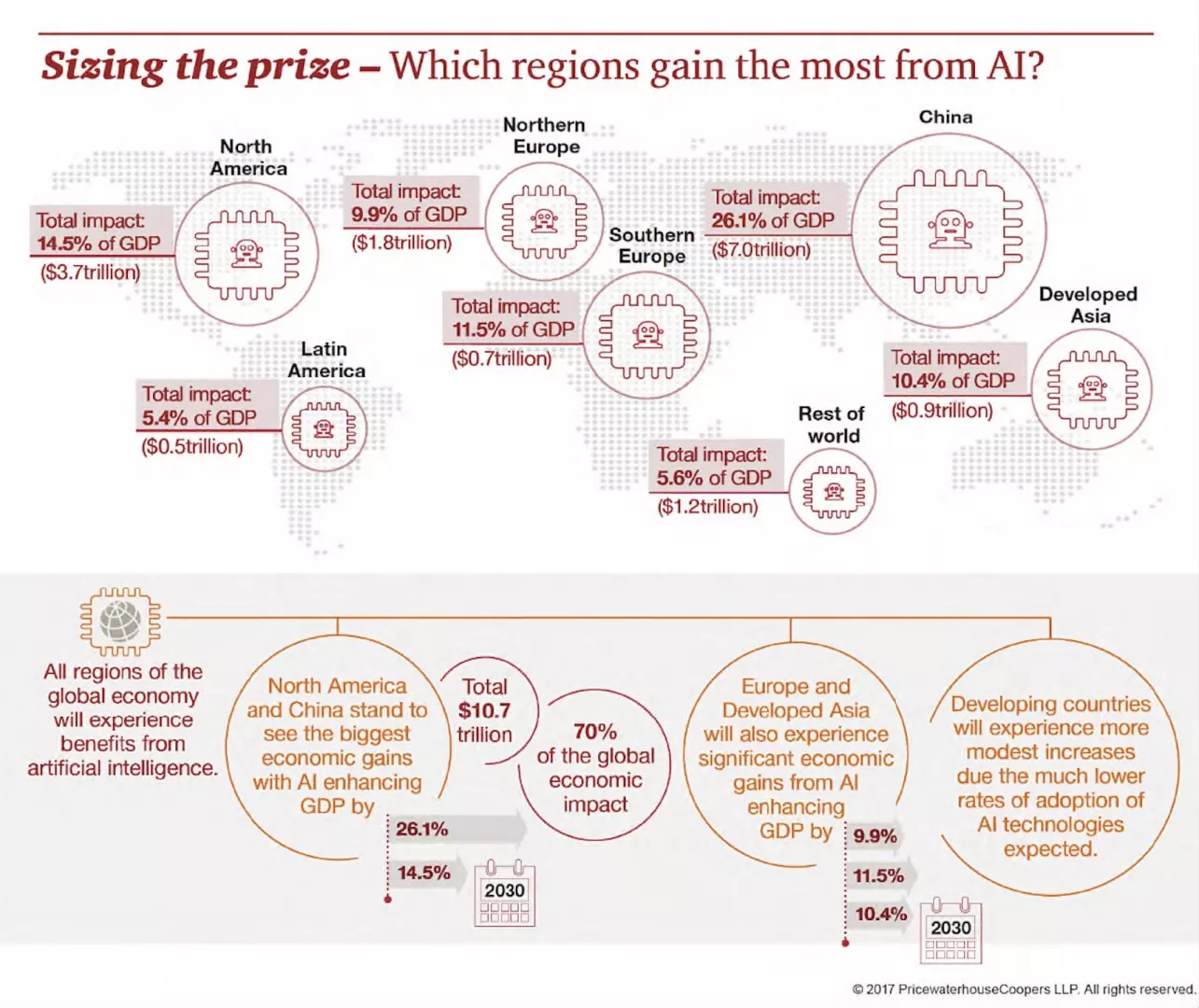
The future of AI in engineering is exciting and full of potential. As AI algorithms become more advanced and sophisticated, they will continue to transform every aspect of the engineering field. Here are some potential future prospects for AI in engineering:
-
Personalized Design: AI algorithms can be used to create personalized designs based on individual user requirements and preferences.
-
Collaborative Engineering: AI can be used to enable collaboration between engineers from different disciplines and locations, improving communication and coordination.
-
Autonomous Manufacturing: AI-powered manufacturing processes could enable autonomous factories with minimal human involvement.
-
Predictive Analytics: AI algorithms can be used to analyze data from multiple sources to provide insights and predictions for future trends and opportunities.
Conclusion
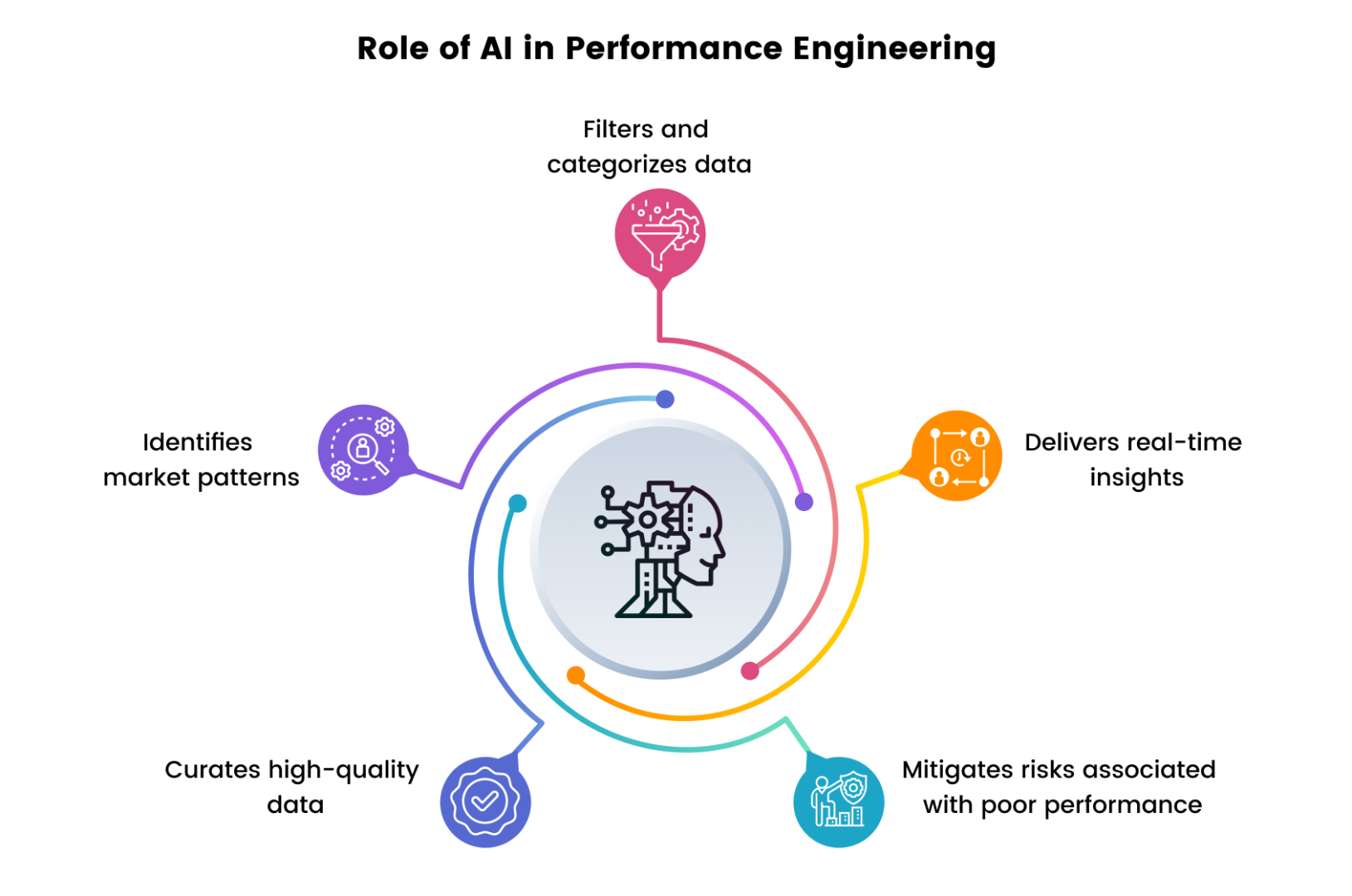
AI is reshaping the engineering field in ways that were once unimaginable. From enhancing the design process to enabling more efficient manufacturing and construction, AI is transforming every aspect of engineering. While there are challenges and considerations to be addressed, the potential benefits of AI in engineering are significant. As we continue to explore the possibilities of AI in engineering, we must ensure that we do so responsibly and ethically, to ensure a better and more sustainable future for all.
TECHNOLOGY
Next-gen chips, Amazon Q, and speedy S3

AWS re:Invent, which has been taking place from November 27 and runs to December 1, has had its usual plethora of announcements: a total of 21 at time of print.
Perhaps not surprisingly, given the huge potential impact of generative AI – ChatGPT officially turns one year old today – a lot of focus has been on the AI side for AWS’ announcements, including a major partnership inked with NVIDIA across infrastructure, software, and services.
Yet there has been plenty more announced at the Las Vegas jamboree besides. Here, CloudTech rounds up the best of the rest:
Next-generation chips
This was the other major AI-focused announcement at re:Invent: the launch of two new chips, AWS Graviton4 and AWS Trainium2, for training and running AI and machine learning (ML) models, among other customer workloads. Graviton4 shapes up against its predecessor with 30% better compute performance, 50% more cores and 75% more memory bandwidth, while Trainium2 delivers up to four times faster training than before and will be able to be deployed in EC2 UltraClusters of up to 100,000 chips.
The EC2 UltraClusters are designed to ‘deliver the highest performance, most energy efficient AI model training infrastructure in the cloud’, as AWS puts it. With it, customers will be able to train large language models in ‘a fraction of the time’, as well as double energy efficiency.
As ever, AWS offers customers who are already utilising these tools. Databricks, Epic and SAP are among the companies cited as using the new AWS-designed chips.
Zero-ETL integrations
AWS announced new Amazon Aurora PostgreSQL, Amazon DynamoDB, and Amazon Relational Database Services (Amazon RDS) for MySQL integrations with Amazon Redshift, AWS’ cloud data warehouse. The zero-ETL integrations – eliminating the need to build ETL (extract, transform, load) data pipelines – make it easier to connect and analyse transactional data across various relational and non-relational databases in Amazon Redshift.
A simple example of how zero-ETL functions can be seen is in a hypothetical company which stores transactional data – time of transaction, items bought, where the transaction occurred – in a relational database, but use another analytics tool to analyse data in a non-relational database. To connect it all up, companies would previously have to construct ETL data pipelines which are a time and money sink.
The latest integrations “build on AWS’s zero-ETL foundation… so customers can quickly and easily connect all of their data, no matter where it lives,” the company said.
Amazon S3 Express One Zone
AWS announced the general availability of Amazon S3 Express One Zone, a new storage class purpose-built for customers’ most frequently-accessed data. Data access speed is up to 10 times faster and request costs up to 50% lower than standard S3. Companies can also opt to collocate their Amazon S3 Express One Zone data in the same availability zone as their compute resources.
Companies and partners who are using Amazon S3 Express One Zone include ChaosSearch, Cloudera, and Pinterest.
Amazon Q
A new product, and an interesting pivot, again with generative AI at its core. Amazon Q was announced as a ‘new type of generative AI-powered assistant’ which can be tailored to a customer’s business. “Customers can get fast, relevant answers to pressing questions, generate content, and take actions – all informed by a customer’s information repositories, code, and enterprise systems,” AWS added. The service also can assist companies building on AWS, as well as companies using AWS applications for business intelligence, contact centres, and supply chain management.
Customers cited as early adopters include Accenture, BMW and Wunderkind.
Want to learn more about cybersecurity and the cloud from industry leaders? Check out Cyber Security & Cloud Expo taking place in Amsterdam, California, and London. Explore other upcoming enterprise technology events and webinars powered by TechForge here.
TECHNOLOGY
HCLTech and Cisco create collaborative hybrid workplaces
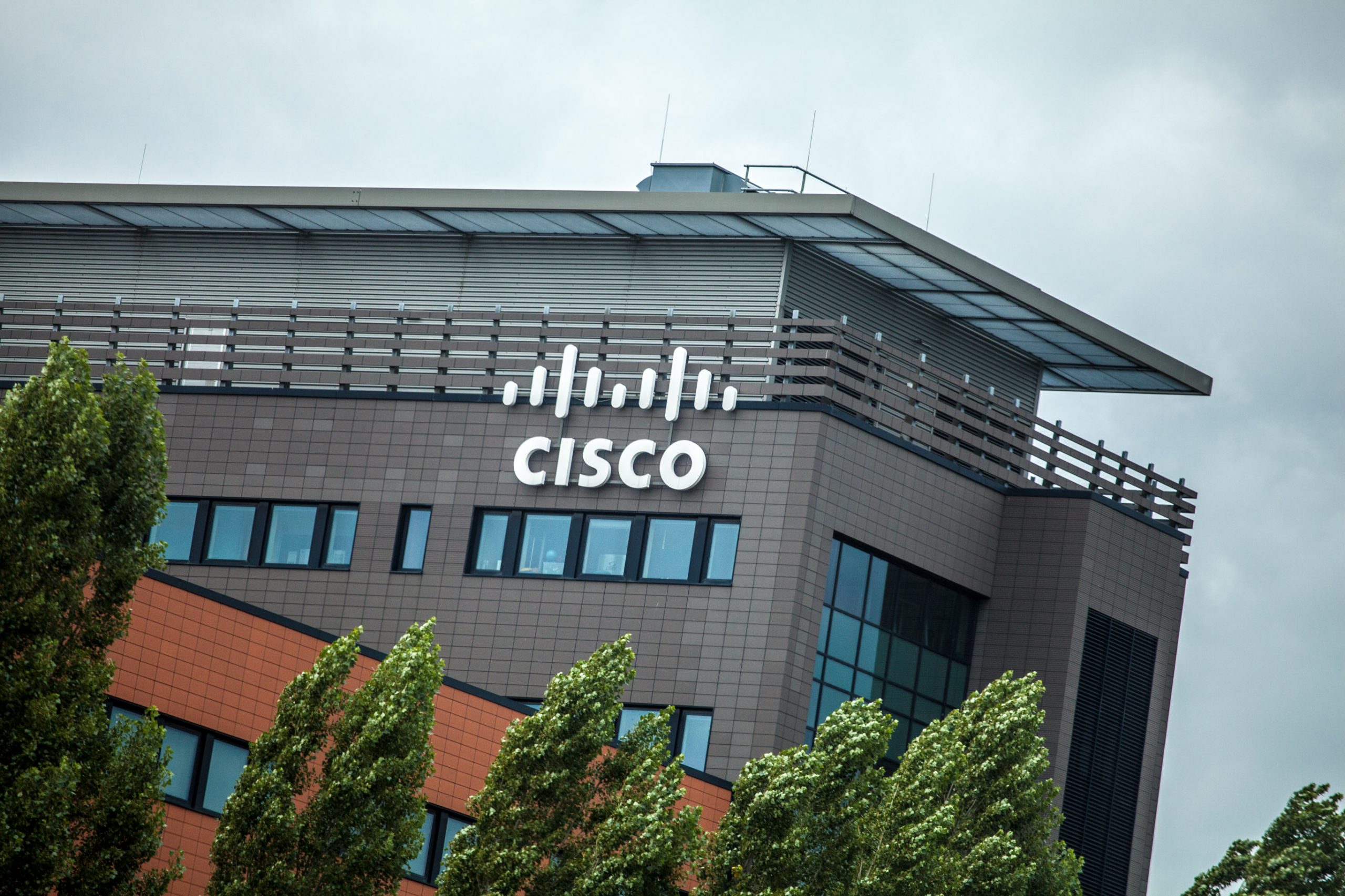
Digital comms specialist Cisco and global tech firm HCLTech have teamed up to launch Meeting-Rooms-as-a-Service (MRaaS).
Available on a subscription model, this solution modernises legacy meeting rooms and enables users to join meetings from any meeting solution provider using Webex devices.
The MRaaS solution helps enterprises simplify the design, implementation and maintenance of integrated meeting rooms, enabling seamless collaboration for their globally distributed hybrid workforces.
Rakshit Ghura, senior VP and Global head of digital workplace services, HCLTech, said: “MRaaS combines our consulting and managed services expertise with Cisco’s proficiency in Webex devices to change the way employees conceptualise, organise and interact in a collaborative environment for a modern hybrid work model.
“The common vision of our partnership is to elevate the collaboration experience at work and drive productivity through modern meeting rooms.”
Alexandra Zagury, VP of partner managed and as-a-Service Sales at Cisco, said: “Our partnership with HCLTech helps our clients transform their offices through cost-effective managed services that support the ongoing evolution of workspaces.
“As we reimagine the modern office, we are making it easier to support collaboration and productivity among workers, whether they are in the office or elsewhere.”
Cisco’s Webex collaboration devices harness the power of artificial intelligence to offer intuitive, seamless collaboration experiences, enabling meeting rooms with smart features such as meeting zones, intelligent people framing, optimised attendee audio and background noise removal, among others.
Want to learn more about cybersecurity and the cloud from industry leaders? Check out Cyber Security & Cloud Expo taking place in Amsterdam, California, and London. Explore other upcoming enterprise technology events and webinars powered by TechForge here.
TECHNOLOGY
Canonical releases low-touch private cloud MicroCloud

Canonical has announced the general availability of MicroCloud, a low-touch, open source cloud solution. MicroCloud is part of Canonical’s growing cloud infrastructure portfolio.
It is purpose-built for scalable clusters and edge deployments for all types of enterprises. It is designed with simplicity, security and automation in mind, minimising the time and effort to both deploy and maintain it. Conveniently, enterprise support for MicroCloud is offered as part of Canonical’s Ubuntu Pro subscription, with several support tiers available, and priced per node.
MicroClouds are optimised for repeatable and reliable remote deployments. A single command initiates the orchestration and clustering of various components with minimal involvement by the user, resulting in a fully functional cloud within minutes. This simplified deployment process significantly reduces the barrier to entry, putting a production-grade cloud at everyone’s fingertips.
Juan Manuel Ventura, head of architectures & technologies at Spindox, said: “Cloud computing is not only about technology, it’s the beating heart of any modern industrial transformation, driving agility and innovation. Our mission is to provide our customers with the most effective ways to innovate and bring value; having a complexity-free cloud infrastructure is one important piece of that puzzle. With MicroCloud, the focus shifts away from struggling with cloud operations to solving real business challenges” says
In addition to seamless deployment, MicroCloud prioritises security and ease of maintenance. All MicroCloud components are built with strict confinement for increased security, with over-the-air transactional updates that preserve data and roll back on errors automatically. Upgrades to newer versions are handled automatically and without downtime, with the mechanisms to hold or schedule them as needed.
With this approach, MicroCloud caters to both on-premise clouds but also edge deployments at remote locations, allowing organisations to use the same infrastructure primitives and services wherever they are needed. It is suitable for business-in-branch office locations or industrial use inside a factory, as well as distributed locations where the focus is on replicability and unattended operations.
Cedric Gegout, VP of product at Canonical, said: “As data becomes more distributed, the infrastructure has to follow. Cloud computing is now distributed, spanning across data centres, far and near edge computing appliances. MicroCloud is our answer to that.
“By packaging known infrastructure primitives in a portable and unattended way, we are delivering a simpler, more prescriptive cloud experience that makes zero-ops a reality for many Industries.“
MicroCloud’s lightweight architecture makes it usable on both commodity and high-end hardware, with several ways to further reduce its footprint depending on your workload needs. In addition to the standard Ubuntu Server or Desktop, MicroClouds can be run on Ubuntu Core – a lightweight OS optimised for the edge. With Ubuntu Core, MicroClouds are a perfect solution for far-edge locations with limited computing capabilities. Users can choose to run their workloads using Kubernetes or via system containers. System containers based on LXD behave similarly to traditional VMs but consume fewer resources while providing bare-metal performance.
Coupled with Canonical’s Ubuntu Pro + Support subscription, MicroCloud users can benefit from an enterprise-grade open source cloud solution that is fully supported and with better economics. An Ubuntu Pro subscription offers security maintenance for the broadest collection of open-source software available from a single vendor today. It covers over 30k packages with a consistent security maintenance commitment, and additional features such as kernel livepatch, systems management at scale, certified compliance and hardening profiles enabling easy adoption for enterprises. With per-node pricing and no hidden fees, customers can rest assured that their environment is secure and supported without the expensive price tag typically associated with cloud solutions.
Want to learn more about cybersecurity and the cloud from industry leaders? Check out Cyber Security & Cloud Expo taking place in Amsterdam, California, and London. Explore other upcoming enterprise technology events and webinars powered by TechForge here.
-

 WORDPRESS7 days ago
WORDPRESS7 days ago10 WordPress Influencers to Follow in 2024 – WordPress.com News
-

 MARKETING7 days ago
MARKETING7 days agoFeeling Stuck: What to Do When You Don’t Know What to Do
-

 PPC6 days ago
PPC6 days agoCompetitor Monitoring: 7 ways to keep watch on the competition
-

 PPC5 days ago
PPC5 days agoA History of Google AdWords and Google Ads: Revolutionizing Digital Advertising & Marketing Since 2000
-

 WORDPRESS6 days ago
WORDPRESS6 days agoThrive Architect vs Divi vs Elementor
-

 SEARCHENGINES6 days ago
SEARCHENGINES6 days agoMore Google March 2024 Core Update Ranking Volatility
-

 PPC6 days ago
PPC6 days ago31 Ready-to-Go Mother’s Day Messages for Social Media, Email, & More
-

 WORDPRESS5 days ago
WORDPRESS5 days agoTurkish startup ikas attracts $20M for its e-commerce platform designed for small businesses















You must be logged in to post a comment Login